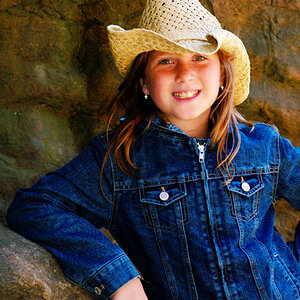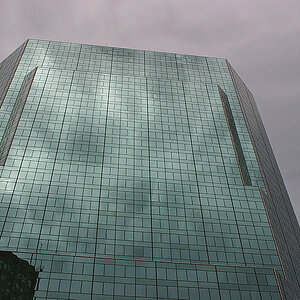dollysmama
TPF Noob!
Hi. I am new here and seeking help. For Mothers Day I got a Canon Rebel EOS Rebel T3. No matter if I am in Macro mode or regular, when I zoom in to take a photo, the photo it takes looks like a regular "unzoomed" photo. It doesn't matter if I am in auto focus, or manual focus, it doesn't matter if I am in 18, 24, 35 or 55 MM. What am I doing wrong??? It has worked for me a couple times, but I think I have messed up the settings somewhere (playing with a new camera). I have looked in the manual and I am not having any luck troubleshooting. Can someone please help?


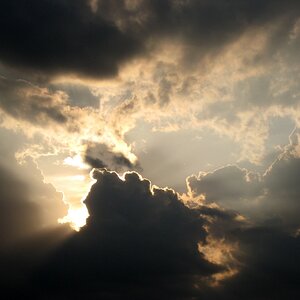
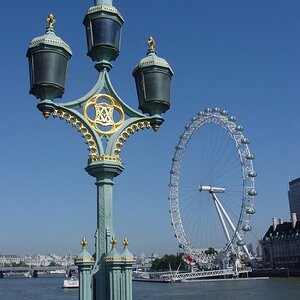
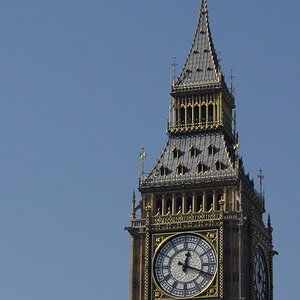
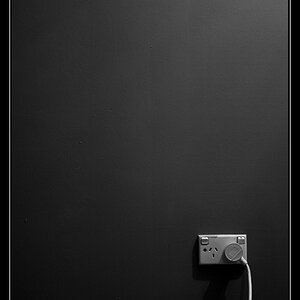
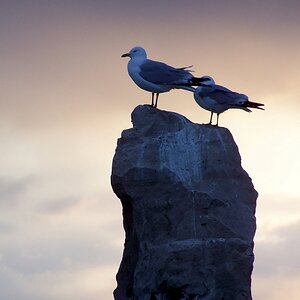
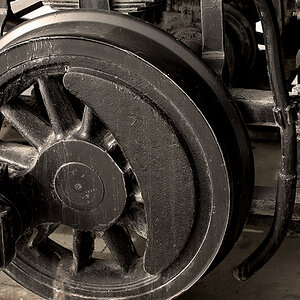
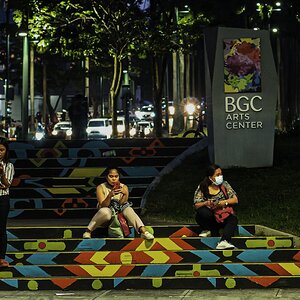
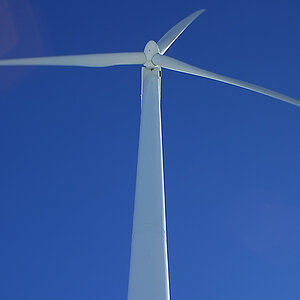
![[No title]](/data/xfmg/thumbnail/34/34040-14af4007923299ad46d35fc110d0faad.jpg?1619736250)
